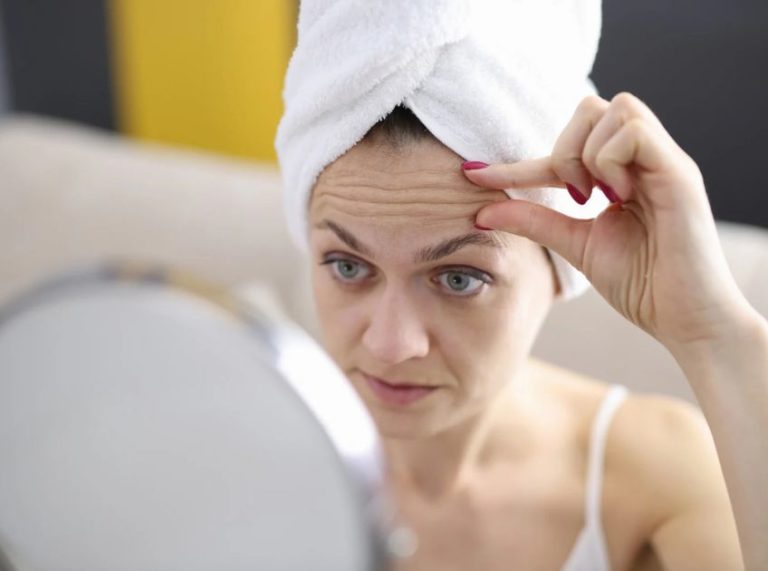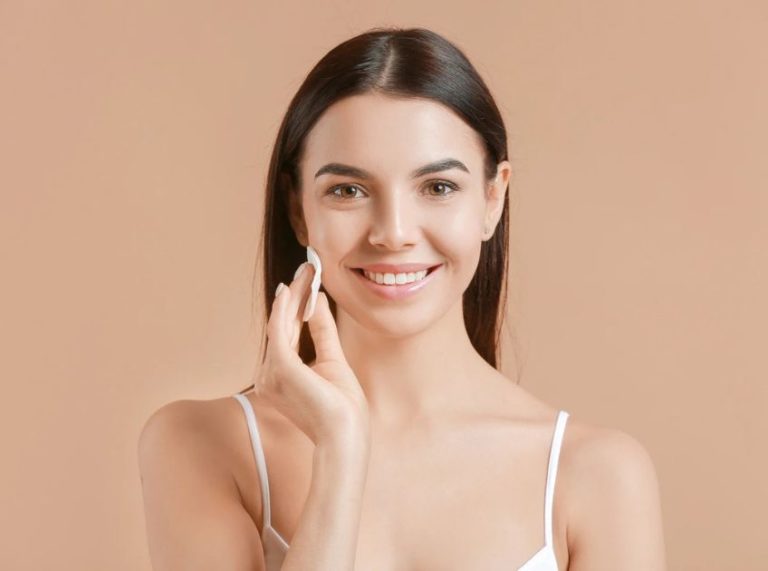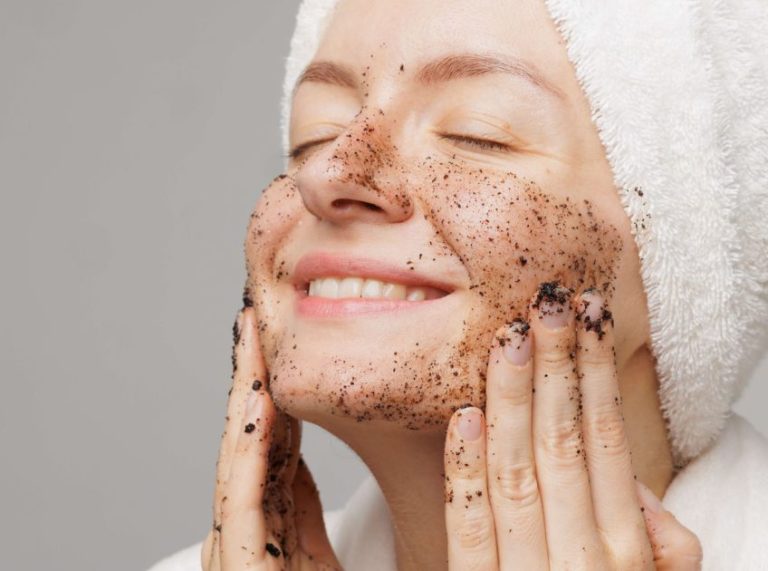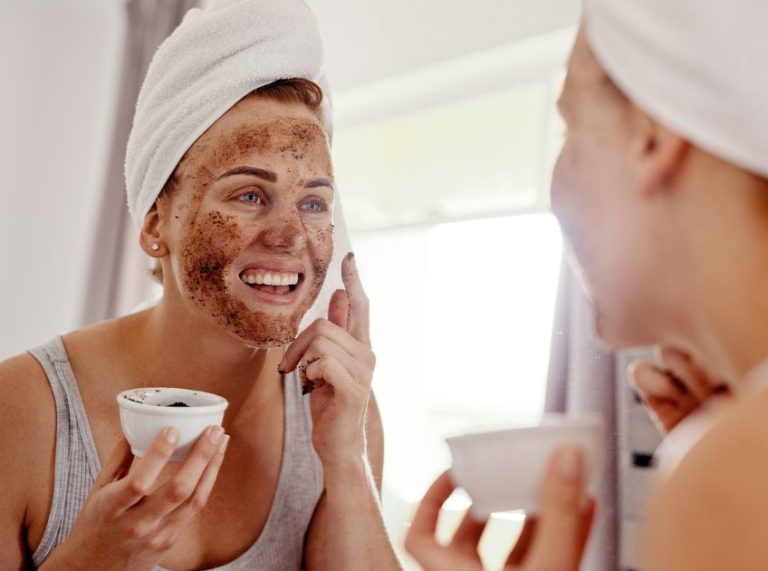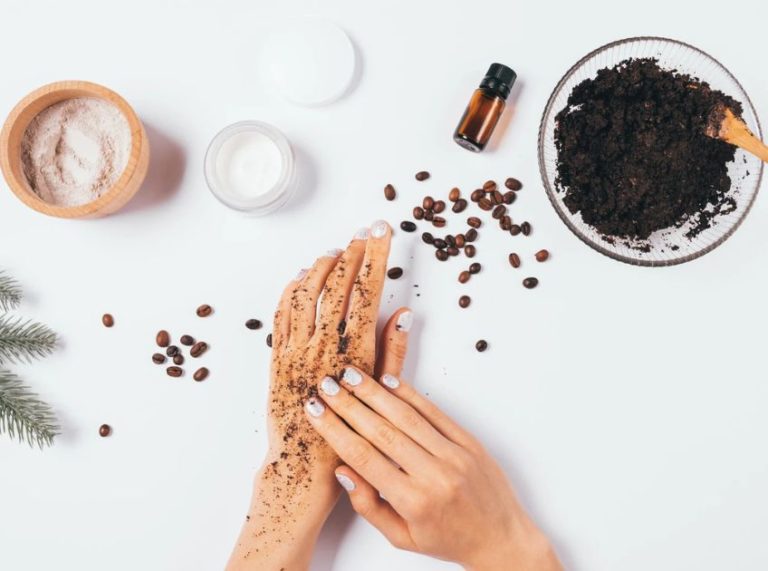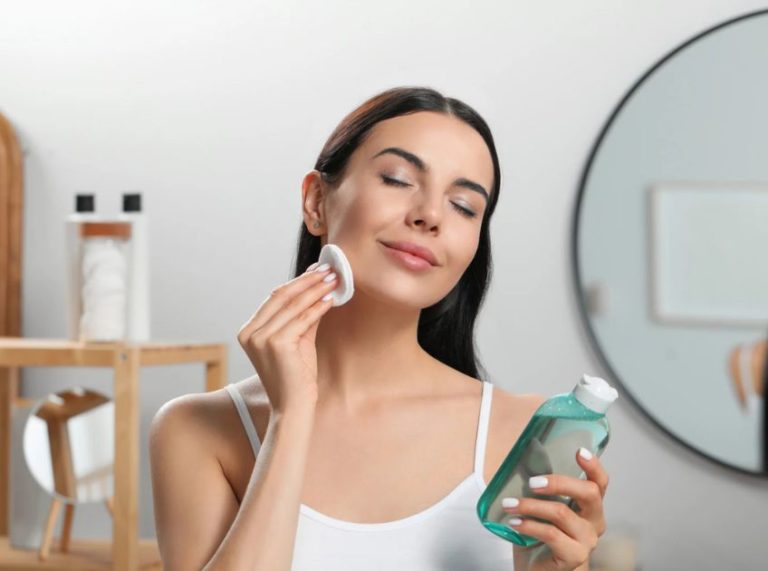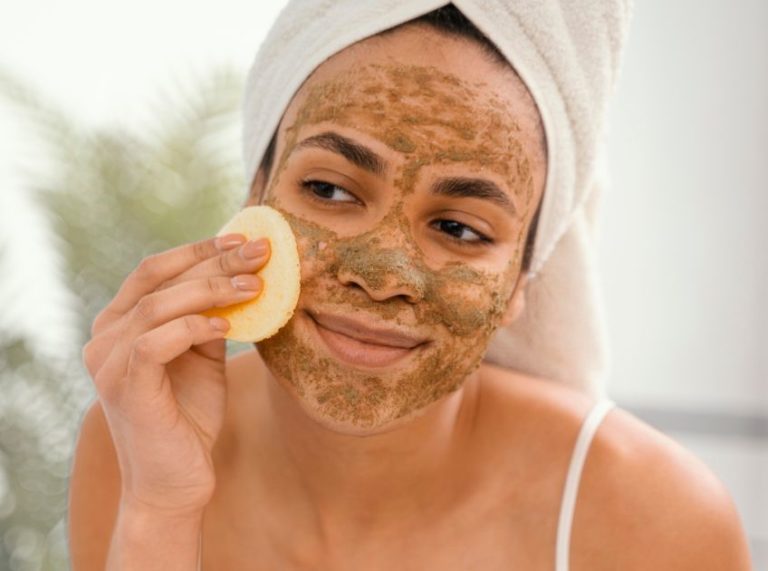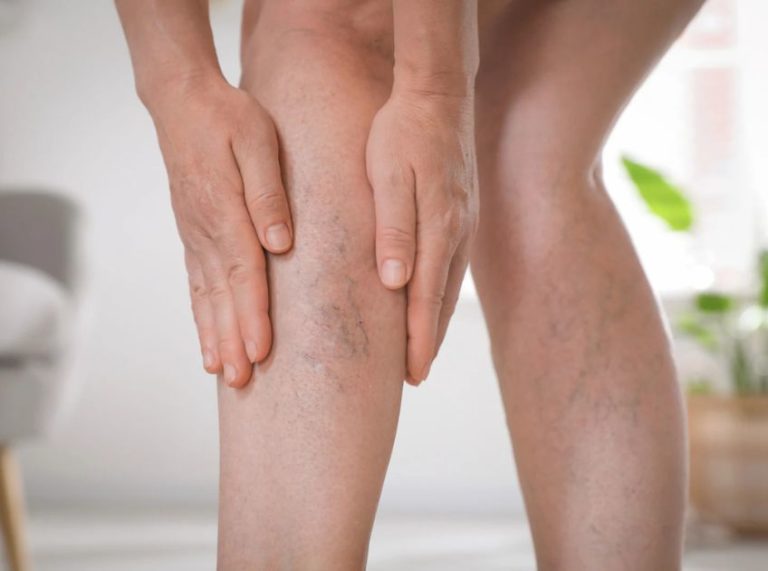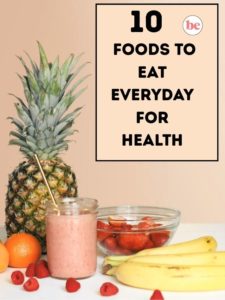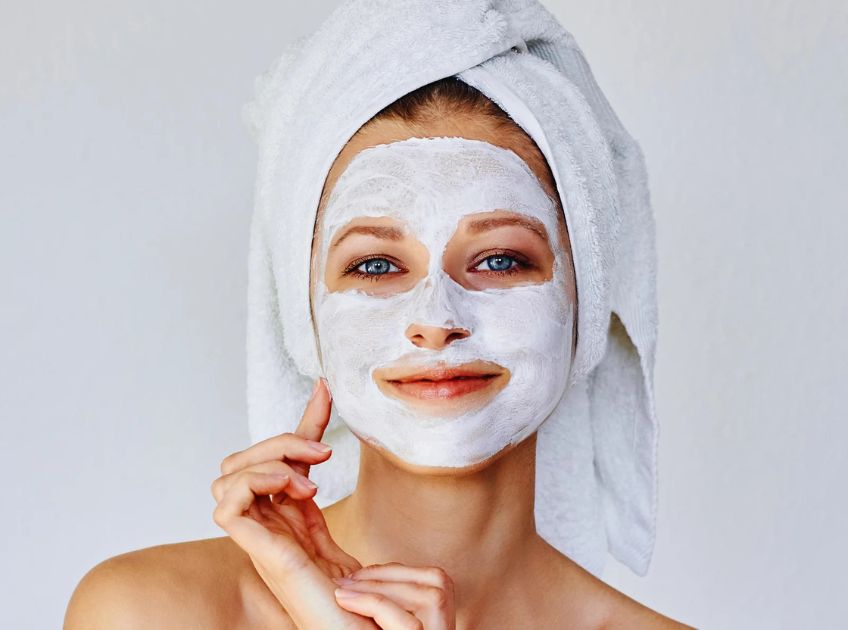
Important: This article is for informational purposes only. Please read our full disclaimer for more details.
Rice flour has been used for centuries in Asian beauty rituals to achieve bright, smooth, and youthful skin. Packed with vitamins, minerals, and natural exfoliants, it helps remove dead skin cells, control oil, fade dark spots, and boost radiance. Instead of relying on expensive treatments, you can easily create DIY rice flour face masks at home for a natural, healthy glow.
3 DIY Rice Flour Face Masks for Glowing Skin
1. Rice Flour & Honey Brightening Mask
Best for: Dull and tired-looking skin
Ingredients
- 2 tablespoons rice flour
- 1 tablespoon raw honey
- 1 tablespoon rose water
Directions
- Mix rice flour, honey, and rose water to form a smooth paste.
- Apply evenly over your face and neck.
- Leave it on for 15 minutes.
- Rinse with lukewarm water and pat dry.
Why It Works
- Rice flour gently exfoliates and brightens the skin.
- Honey is a natural humectant that keeps your skin soft and hydrated.
- Rose water soothes irritation and refreshes your skin.
2. Rice Flour & Yogurt Tan-Removal Mask
Best for: Sun-tanned and uneven skin tone
Ingredients
- 2 tablespoons rice flour
- 2 tablespoons plain yogurt
- ½ teaspoon turmeric powder
Directions
- Combine rice flour, yogurt, and turmeric into a creamy mixture.
- Apply evenly to your face and neck.
- Let it sit for 15–20 minutes until slightly dry.
- Rinse off with cool water in gentle circular motions.
Why It Works
- Rice flour helps fade tan and improves skin texture.
- Yogurt contains lactic acid, which lightens pigmentation and promotes a natural glow.
- Turmeric offers anti-inflammatory and antioxidant benefits, leaving skin brighter and healthier.
3. Rice Flour & Aloe Vera Oil-Control Mask
Best for: Oily and acne-prone skin
Ingredients
- 2 tablespoons rice flour
- 2 tablespoons fresh aloe vera gel
- A few drops of tea tree oil (optional)
Directions
- Mix rice flour with aloe vera gel to form a smooth paste.
- Add tea tree oil if desired for added acne-fighting benefits.
- Apply a thin layer to the face and leave it on for 15 minutes.
- Wash off with cool water and gently pat dry.
Why It Works
- Rice flour absorbs excess oil and unclogs pores.
- Aloe vera soothes inflammation and calms irritated skin.
- Tea tree oil helps fight acne-causing bacteria, reducing breakouts.
Science Behind Rice Flour for Glowing Skin
Research supports rice flour’s skin-enhancing properties:
- Rich in antioxidants like ferulic acid, which helps fight free radicals and slow premature aging (1).
- Contains phytic acid, a natural exfoliant that lightens pigmentation and promotes even skin tone (2)(3).
- Provides oil-absorbing benefits, making it suitable for oily and acne-prone skin.
These masks combine traditional skincare secrets with scientific evidence, offering a safe, effective, and natural way to achieve glowing skin.
Frequently Asked Questions (FAQ’S)
1. How often should I use rice flour face masks?
A. Use 2–3 times a week for best results without over-drying your skin.
2. Are these masks suitable for sensitive skin?
A. Yes, but avoid harsh scrubbing. Always patch test first and add soothing ingredients like honey or aloe vera.
3. Can rice flour help with acne scars?
A. Yes, rice flour’s mild exfoliating properties can fade pigmentation and scars gradually with regular use.
Final Thoughts
Rice flour is a powerful yet gentle skincare ingredient that helps you achieve brighter, clearer, and smoother skin. Whether you’re battling dullness, tan, or excess oil, these DIY rice flour masks offer a natural solution to rejuvenate your skin.
